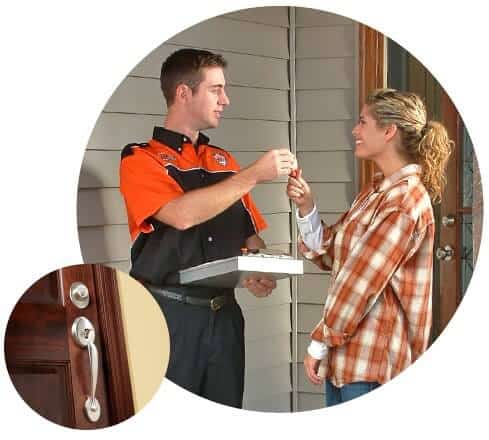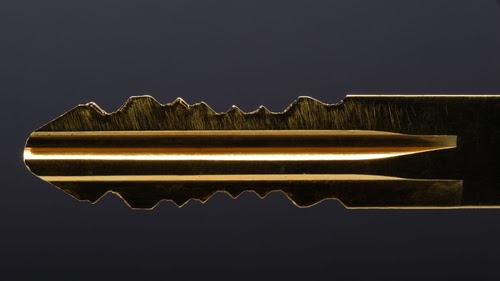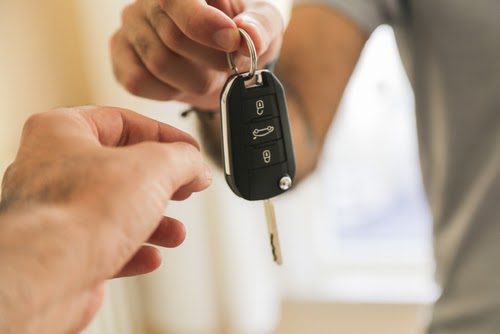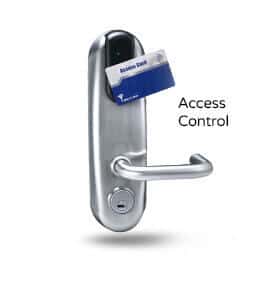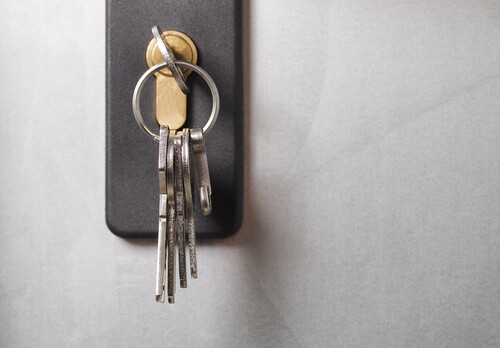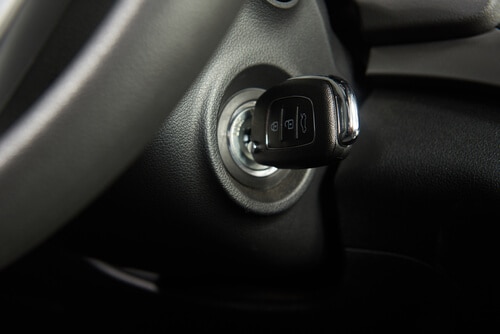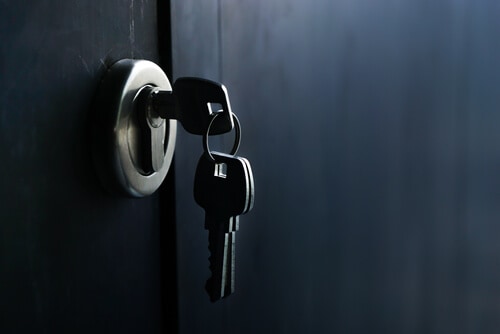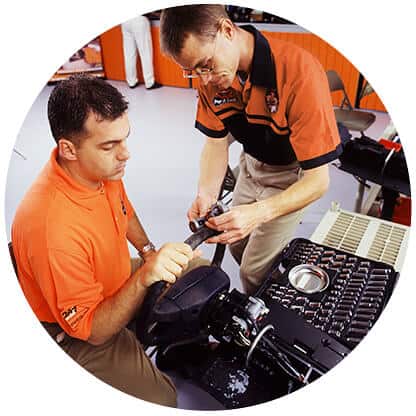I’m Locked Out of My Home. What Do I Do Now?
With our busy daily schedules and the frequent distractions of everyday life, it is easy to make common mistakes like locking ourselves out of our own homes. We’re only human, after all.
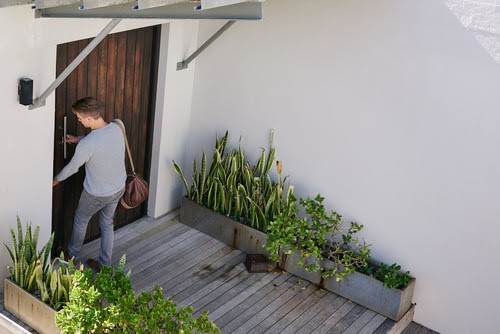
Locking yourself out of your home can be a minor inconvenience that results in, say, running late to work. However, it can be a much more dangerous situation if young children or pets are locked inside. If you lose your keys or lock them inside your home, don’t panic. You have many other options for getting back inside quickly and easily without damaging your property by trying to break in through a window or by breaking down a door.
Instead, don’t panic, remain calm, and consider the following options for getting back inside safely.

Call a Friend, Roommate, or Family Member
It’s a great idea to give someone you trust a copy of your key for situations like this. Give a trusted neighbor a copy of your house key for safekeeping. Make sure to choose someone who is responsible and is usually available (not traveling frequently) to help in an emergency.
If you have a roommate, friend, or family member that has a copy of your key, it should be easy to call them and ask if they can let you into the house. If you don’t have access to your phone to call them, ask to borrow one from a neighbor or a local business.
Locate a Spare Key
Many people hide spare house keys around their homes for situations just like these. While it is not a good idea to hide your key in well-known hiding places like the front doormat or under a potted plant (see our article on Common Home Security Fails for more info on this), there are safer solutions for securely hiding keys like outdoor key safes, fake rocks designed to hold spare keys, and other smarter alternatives.
Double-Check Other Access Points
Is there a chance that a back door, side door, or window was left open? Don’t attempt to get back in by breaking a window, since you could potentially hurt yourself and the repairs can be expensive. Only enter through a window or other door if you’re able to open it from the outside safely. Does your back door have a doggie door for access for your pets? If you can squeeze through there, you’ll be in!
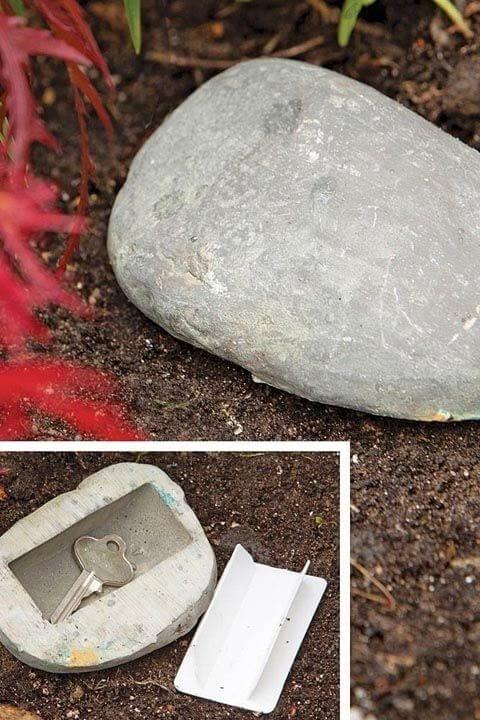
If you have access to a toolset, you may be able to get inside by removing a doorknob on doors that don’t have deadbolts. Check to see if there are any screws on your doorknob or a plate that can be removed by a screwdriver. Make sure you’re using the right screwdriver for the screws on your doorknob.
Call a Professional Locksmith
If you find yourself in a situation where none of the solutions above will work for you, you can always call Pop-A-Lock for professional locksmith services. Calling a locksmith is often the safest, easiest, and quickest way to regain access to your home or car. The technicians at Pop-A-Lock are certified and trained on the latest locksmith technology, and we’re always here when you need us. Give your local Pop-A-Lock a call, and we’ll have you back inside your home as soon as possible with fast, professional, and reliable service.
